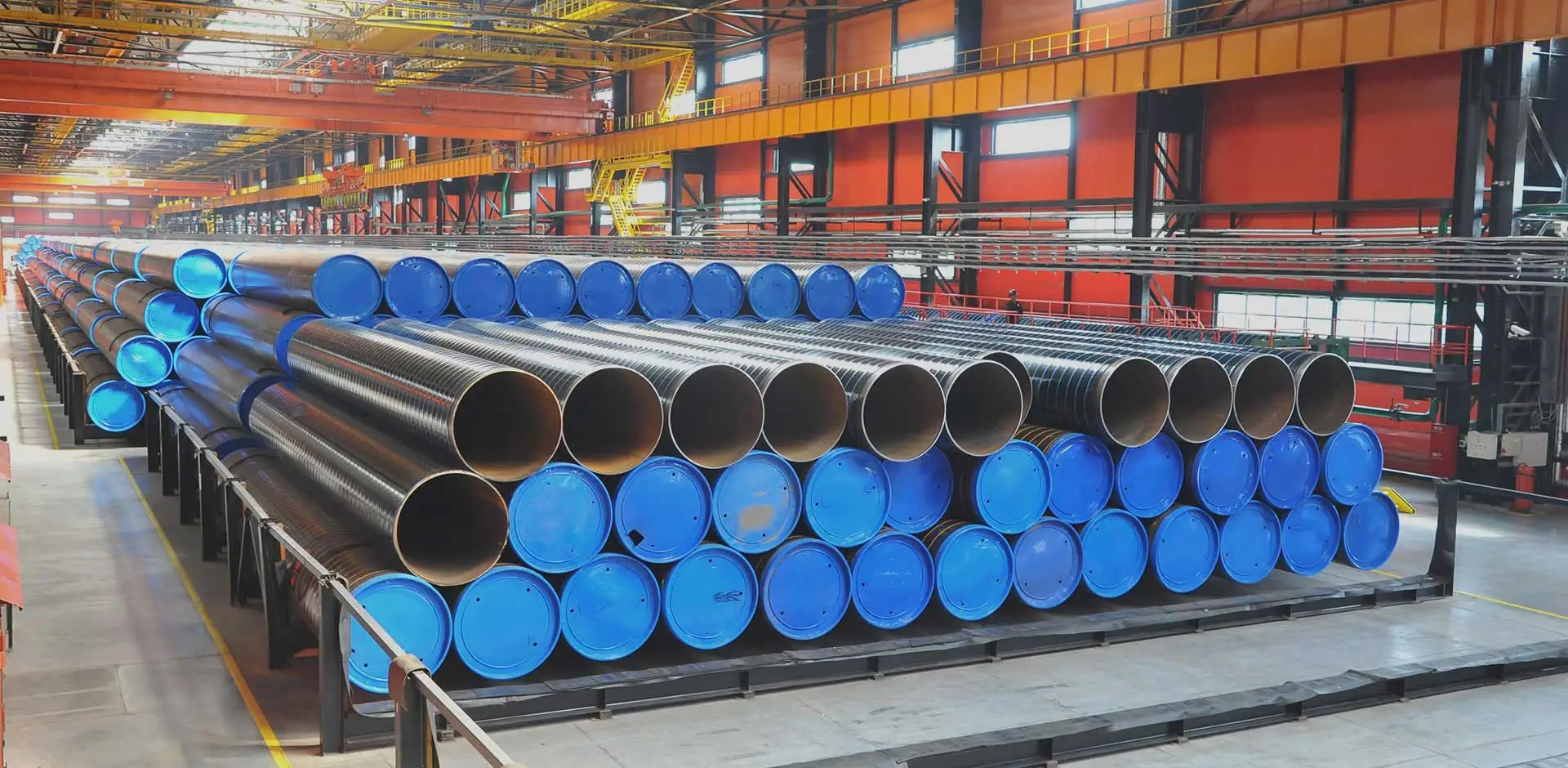Prefabricated piping (piping) consists of pipes and fittings (including elbows, flanges, tees, etc.), and this assembly is done in the factory. The tubes are cut to size and moved to the assembly platform. Temporary assembly welding is performed on the assembly platform,followed by permanent welding.
